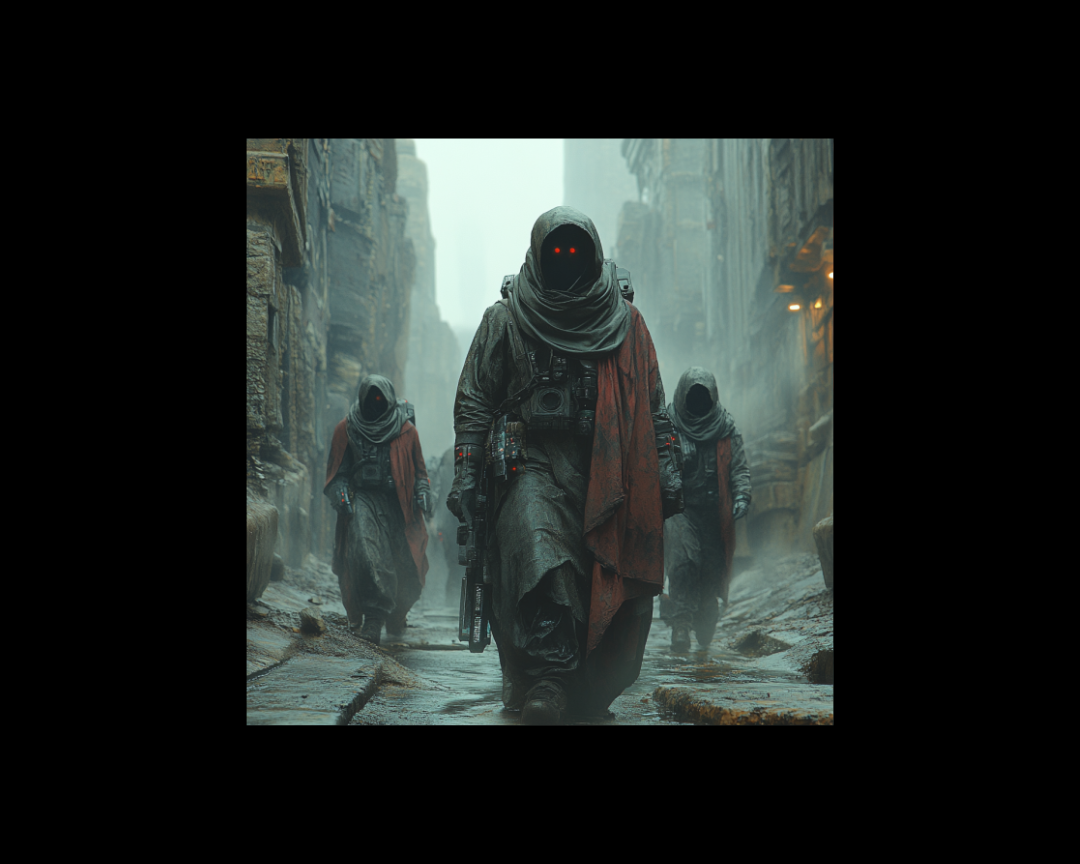Creating Secure and Access-Controlled Public Documentation
Limiting access to documentation is a common practice for companies offering SaaS (software-as-a-service) products. While it may seem...

Document design directly impacts the efficiency of your documentation.
This article will unpack modern document design concepts and offer guidance on enhancing your documentation's design.
First and foremost, it's crucial to recognize that design is fundamentally for the benefit of readers. To truly understand document design, envision your documents from your readers' perspective, focusing on User Experience (UX). Document design encompasses two key aspects: the visual element and documentation architecture.
From a reader's standpoint, design primarily pertains to the aesthetics of your documents. Elements such as fonts, color schemes, and image quality carry significant weight as they contribute to the visual appeal of the text. Visual appeal equates to balance and harmony, adding an aesthetic quality that makes the content visually inviting.
Moreover, visual design elements are vital in mitigating the monotony that often plagues lengthy and complex manuals. This is of utmost importance as it keeps readers engaged.
Additionally, when consistently applied across all your documents, visual elements collectively form a unique style for your documentation. This uniformity in style enhances recognition and can prove advantageous for marketing, as it establishes a clear association between the style and your company.
This encompasses how your documentation is structured and how users can interact with it, including readers, writers, and reviewers. Fundamental principles include single sourcing, content reuse, and various capabilities, such as generating different outputs and versions of the same content.
Let's review the design elements in more detail. One of the simplest ways to design your documentation is by utilizing pre-designed templates and styles.
These tools ensure consistency across your documentation. All members of your technical writing team, reviewers, and translators can employ the same page layout, color schemes, headers, footers, fonts, and backgrounds. Utilizing pre-designed templates and styles saves considerable time and eliminates the need to deliberate over design details.
However, there are instances when customization becomes necessary. This occurs when your company adheres to a specific style guide with stringent design regulations. For instance, the corporate color palette might differ from the template. In such cases, you can customize the design of your documentation.
Familiar fonts enhance readability, encouraging users to spend more time on your pages.
Incorporating visuals into your document design enhances its attractiveness. Visual elements provide a welcome respite from the monotony of lengthy technical text, thereby sustaining reader interest. Here are a few examples of visuals that can enrich your documents:
Add a touch of realism to your documentation. Photos help to bridge the gap between abstract text and real-world scenarios.
Drawings: Ideal for presenting simplified layout views, drawings are lighter than photos and suitable for printable versions.
These are invaluable for illustrating data concisely, especially when conveying trends, changes, or correlations.
When integrating visual elements, ensure that they follow the principle of proximity, placing them where they are referenced in the text to facilitate reader comprehension.
Consider the portal home page a distinct design element. If your document portal is cloud-based, readers access it online, and their initial interaction typically occurs on the home page. The home page effectively serves as a landing page for readers to navigate their required documents.
Page layout plays a pivotal role in document design. It is key to facilitating navigation and enhancing UX.
The TOC is a crucial structural design element that mirrors your document's architecture.
Furthermore, document design extends beyond the visual component. When designing documentation, it's essential to consider parameters related to user interaction.
Your documentation may require different variations for web and mobile versions or different devices. You should be able to publish projects in various formats, including web, printable, and mobile content.
Document design also encompasses various versions of the same content, especially when single sourcing comes into play. Remember to design with future modifications in mind, including or excluding elements using variables, tags, or snippets.
Contemporary document design adheres to several key principles. Given that documentation is primarily stored digitally online, often containing vast amounts of information, it must be designed to enable easy navigation and searchability:
Effective navigation can be achieved through several means. Users should be able to navigate from the landing page (homepage) to the relevant content. Every document should include a table of contents (TOC) that provides visibility to all chapters and subchapters, allowing readers to switch between sections effortlessly.
A critical design element is the search functionality. A practical search feature can make or break the user experience. When enhancing searchability, consider adding index keywords and synonyms to broaden search terms. This optimizes the search performance, ensuring users find the information they seek.
Readability, measured through metrics like the fog index or Coleman-Liau index, assesses how quickly and easily information is comprehended.
Localization can be costly for your company, so minimizing content for localization becomes paramount. Modular design allows you to send only the changed files to the localizer, reducing expenses.
Investing in document design yields numerous benefits:
Enhanced Appearance: Well-designed documentation exudes professionalism, adding an official touch to your content. This fosters a positive impression of your product.
Recognizability: Good design establishes recognition for your content. It serves as a form of marketing, positioning your product in the market.
Versatility: Different layouts and outputs, such as those tailored for desktop and mobile versions, extend your product's reach. This increases your potential customer base and attracts more loyal users.
Localization Support: Documentation management tools increasingly offer localization capabilities.
Effective Communication: Document design goes beyond content; it's about communication. Through design, you can convey respect for your readers, visually enhance your message, direct focus, and demonstrate care.
Well-designed documentation saves users time and effort, earning their gratitude for providing comprehensible, searchable, and navigable content. By investing in design, you help users recognize the value of your product. This understanding can lead to increased loyalty and long-lasting customer relationships.
.png)
Limiting access to documentation is a common practice for companies offering SaaS (software-as-a-service) products. While it may seem...

The demand for efficient, consistent, and versatile documentation has never been greater. Darwin Information Typing Architecture (DITA) is a powerful...
.png)
3 min read
Data breaches and privacy concerns are prevalent, making robust security and privacy documentation crucial for technical products and services.